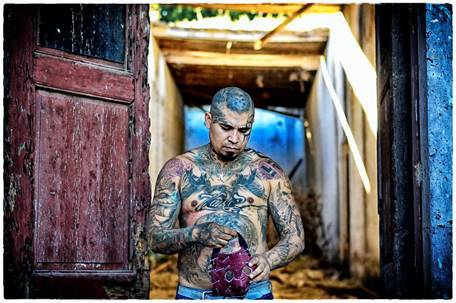Reflecting on inclusion and your project group.
1. Reflect on The Inclusive Design Introduction & web lectures
A. Discuss with your project group:
-
- What are your own experiences of feeling excluded in public places
- What makes you feel excluded? Can you share a story?
- Share a story about your friends or relations who feel excluded.
- What do we mean by ‘inclusion’?
- ‘The right to a sense of belonging is a basic human right.’ Discuss!
- Who do you think will feel excluded most often in your current project?
- Why is an inclusive lens important for your project assignment?
B. Make a list of what you think is important to remember all the way through the project, so you research and design your product inclusively.
2. The more diverse your project team is, the more perspectives you have. How diverse is your project team? Discuss together.
A. Explore your background characteristics & interests:
-
-
- How would you describe yourself?
- What do we need to know about you to be able to understand you?
- Where do you live?
- Who do you live with?
- What’s you gender & age?
- Who are your friends?
- What are your interests & lifestyle preferences?
- Other?
B. Describe your interests and experiences which are relevant to the project assignment.
- What relevant networks & connections do you have?
- What other interests do you have which are related to this field?
C. Create a group profile to describe who you are. You can make this with words, a logo, images or drawings…..choose what best fits your project team.
3. Rate the diversity of your team on a scale from 1 to 10.
10 is the most diverse project group you can imagine and a 1 means that you all have more or less have the same profile. 1…2…3…4…5…6…7…8…9…10
4. The more different perspectives you have in your project team, the better you can understand your respondents.
This is your cultural capital and very valuable! Keep listening to each other’s voices through the project. Make a habit of looking at your work from different perspectives.
A. Describe: whose voices do you need to hear for your current project? Which voices are you missing in your project team?
B. Make a plan:
- What will you do to discover the opinions, challenges, experiences, needs and wishes of these missing voices?
- How will you incorporate all these voices into your research and design process?
- How will you build trust with your stakeholders?









